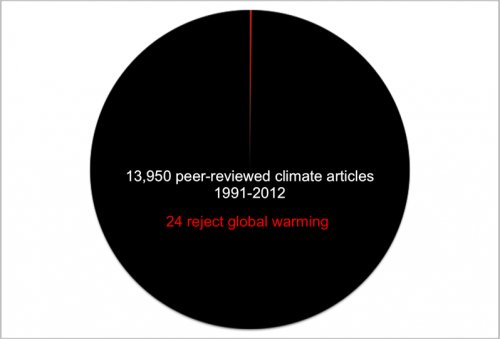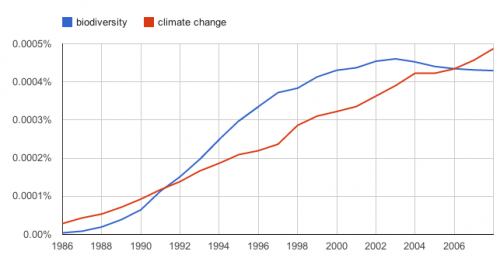You Twin Cities folk will have to drive like maniacs to get here in time, but you can do it: I hear the roads are slick as glass so you can just slide all the way here. At 6pm we’re doing another science for the community event, this time with Michael Ceballos talking about biology and biofuels. I’ll be heading over in a little bit to set everything up — I get to be the emcee. It does mean I’ve got a long evening ahead of me, though, and I haven’t had a nap.





